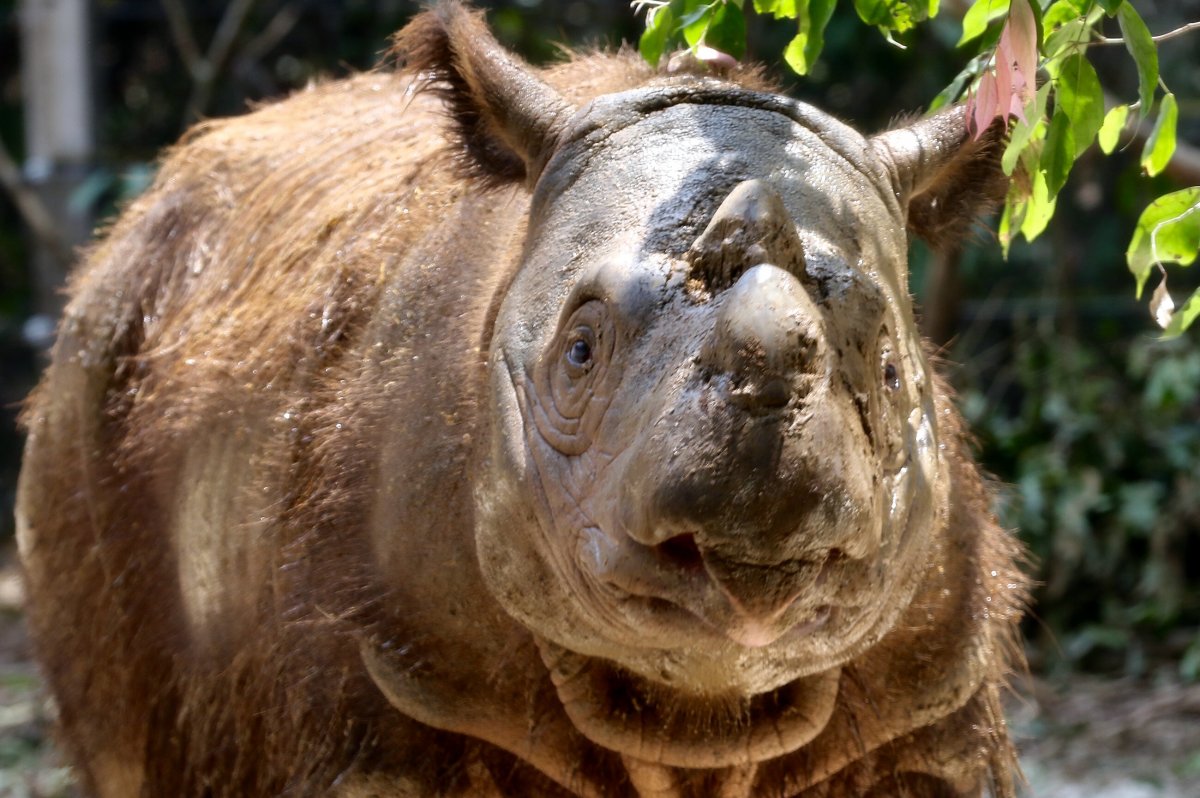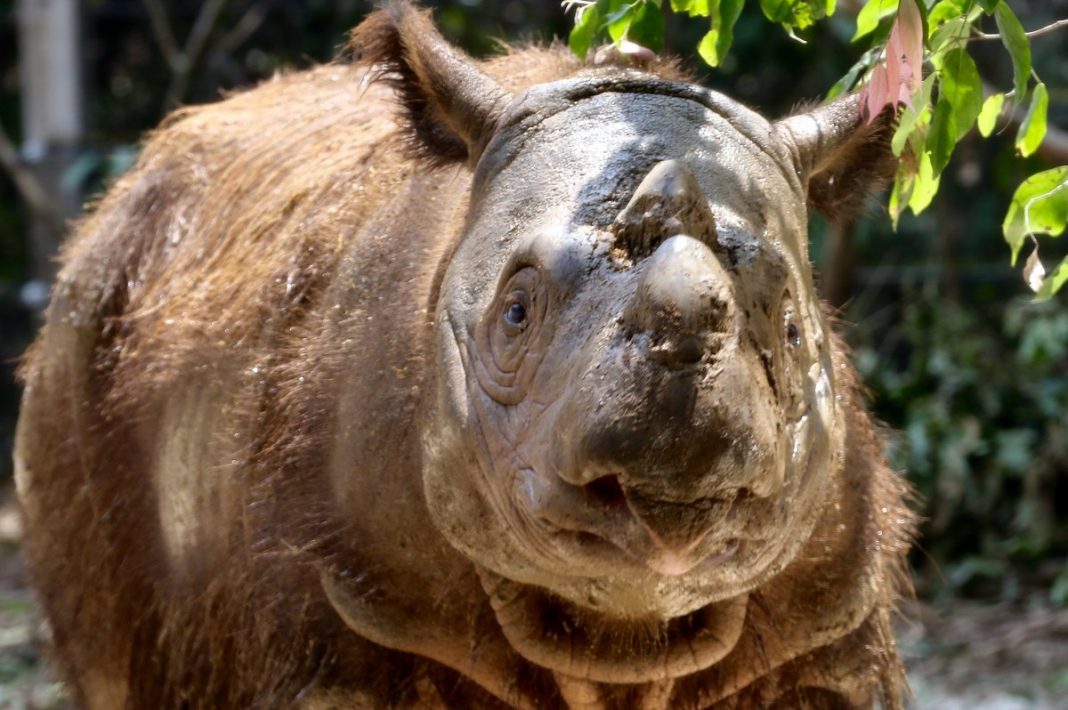
Nov. 9 (UPI) — A team of scientists in Berlin is on the brink of giving the nearly extinct Sumatran rhinoceros a new chance at life by successfully growing stem cells from a deceased rhino’s skin.
The Max Delbruck Center, which develops stem-cell-associated techniques, or SCAT, as part of its BioRescue project, announced its progress on Wednesday. Scientists said they plan to turn the stem cells into sperm and save the endangered rhino species from extinction.
Currently, there are only a dozen Sumatran rhinos living in the rainforests of Sumatra and the Indonesian part of Borneo, after poaching and habitat destruction killed off most of the ancient species.
In Malaysia, the Sumatran rhino, which is the only rhino species with hair, was declared extinct in 2019 following the deaths of male Kertam and female Iman.
The team of scientists involved in the BioRescue Project, led by Dr. Vera Zywitza and Dr. Sebastian Diecke, created stem cells, or iPS cells, from Kertam’s skin and plan to grow sperm suitable for artificial insemination.
“To obtain sperm cells, we first need to use the iPS cells to cultivate primordial germ cells — the precursors of eggs and sperm,” Zywitza said.
“Even though our work is attempting to make the seemingly impossible possible — to ensure the survival of animals that would otherwise probably disappear from our planet — it must remain an exception and not become the rule,” Zywitza said.
With so few Sumatran rhinos, scientists say the opportunities for a male and female to mate are rare.
“Measures are indeed being taken in Indonesia to preserve the Sumatran rhino population by bringing together the remaining individuals in wildlife reserves,” said reproduction expert Thomas Hildebrandt, who also said that even with sperm, artificial insemination may still prove difficult.
“Females that have not been pregnant for a long time often become infertile, for example owing to cysts that develop on their reproductive organs, or they may just be too old to bear young.”
In addition to sperm, the scientists say the stem cells obtained from Kertam’s skin could also be used to grow organs. The group has already grown brain organoids, also called “mini-brains,” from the rhino’s cells.
“To the best of our knowledge, mini-brains like these have only been obtained from mouse, humans and non-human primates so far,” said Dr. Silke Frahm-Barkse, who is also a scientist in Diecke’s research group. “So, we were very pleased to see that the stem cells we generated from the Sumatran rhino formed organoids quite similar to those of humans.”
